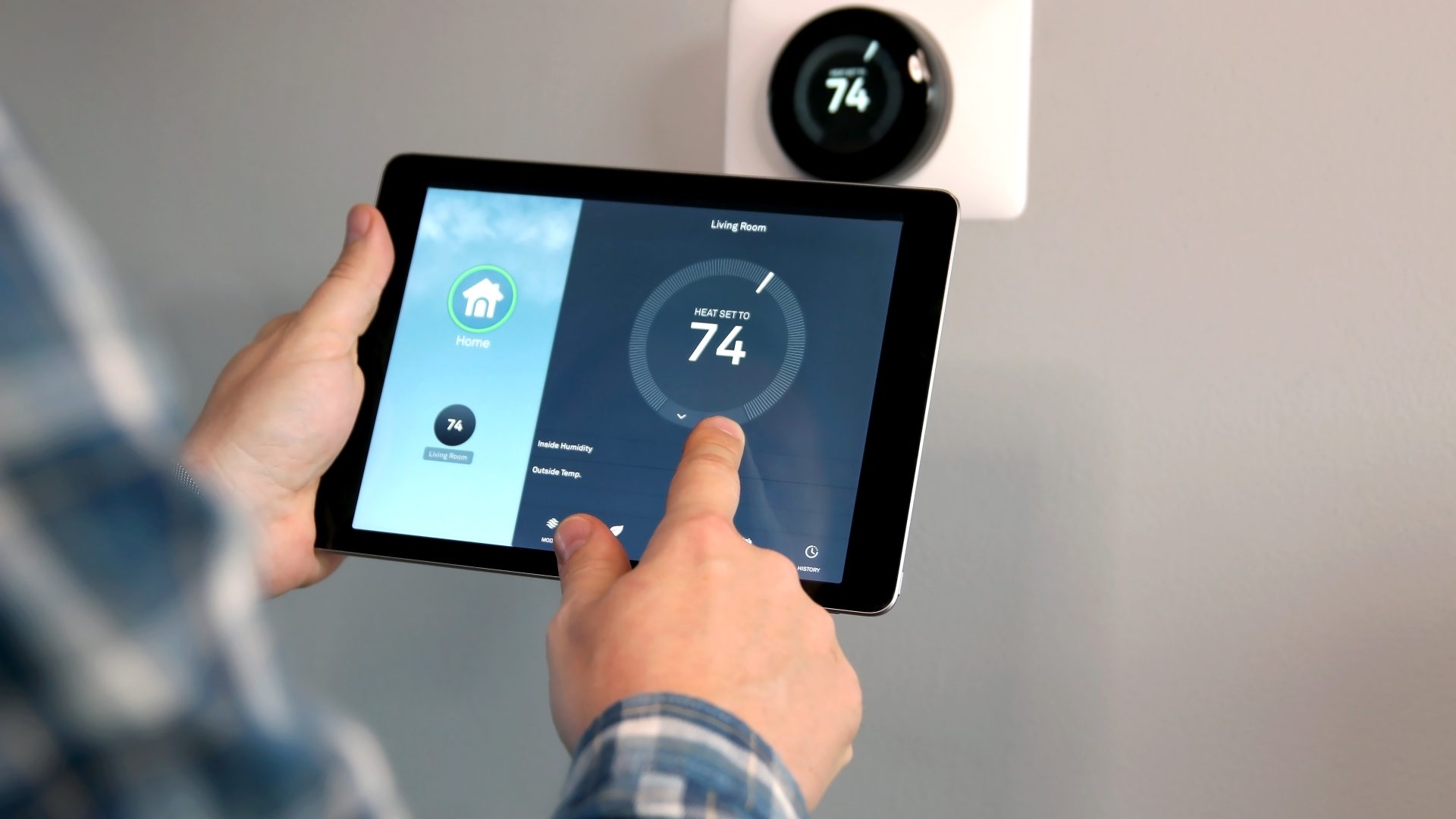Defining the Ductless Mini-Split
A ductless mini-split is a versatile heating and cooling solution for residential and commercial settings. It operates without the extensive ductwork that traditional HVAC systems rely on for air dispersion.
How They Differ from Traditional HVAC Systems
The key distinction between ductless mini-splits and conventional HVAC systems lies in their method of distributing climate-controlled air. Mini-splits utilize individual air handling units instead of a single central unit pushing air through a network of ducts. These units are strategically placed on walls or ceilings in the desired zones or rooms, providing targeted heating or cooling.
Components of Ductless Mini-Splits
Air Handling Units: Each room or zone where temperature regulation is desired will have its air handling unit. This allows occupants to customize settings to their comfort levels without affecting other areas.
Outdoor Compressor Unit: A crucial component of the mini-split system is the outdoor compressor, which works with the indoor units. This compressor is responsible for the refrigeration cycle that enables heating and cooling.
Conduit Connections: A small conduit replaces the need for bulky ductwork. This conduit, which connects the indoor units to the outdoor compressor, contains power cables, refrigerant tubing, suction tubing, and a condensate drain. This eliminates the large-scale intrusion associated with installing traditional ductwork.
Advantages of Ductless Mini-Splits
Independent Temperature Control: One of the primary benefits of using a ductless mini-split system is the ability to control temperatures independently across different rooms or zones. This flexibility stems from the individual air handling units, which can be adjusted to suit personal comfort levels without altering the climate in adjacent spaces.
Ideal for Challenging Installations: Buildings that cannot accommodate traditional ductwork due to structural limitations, historical preservation, or design aesthetics can greatly benefit from mini-splits. The minimal space requirements for the conduit enable these systems to be fitted into older homes, buildings with unique layouts, or structures where duct installation is invasive or too costly.
Conclusion
In summary, ductless mini-split systems present an efficient and flexible option for heating and cooling diverse spaces. Their non-reliance on ductwork, individualized control, and adaptability to various building types make them an attractive alternative to conventional HVAC systems, particularly when installing ductwork is not feasible.
Advanced Cooling is the premier choice for HVAC services in Texas and Oklahoma. With a team of highly trained and certified technicians, we have the expertise to handle all of your heating, ventilation, and air conditioning needs. Our commitment to customer satisfaction is unmatched, and we always go above and beyond to ensure that your experience with us is positive. We use only the highest quality parts and equipment to ensure that your HVAC system is running at peak performance. Plus, we offer competitive pricing and flexible scheduling to fit your needs. Choose Advanced Cooling for all of your HVAC needs in Texas and Oklahoma.
